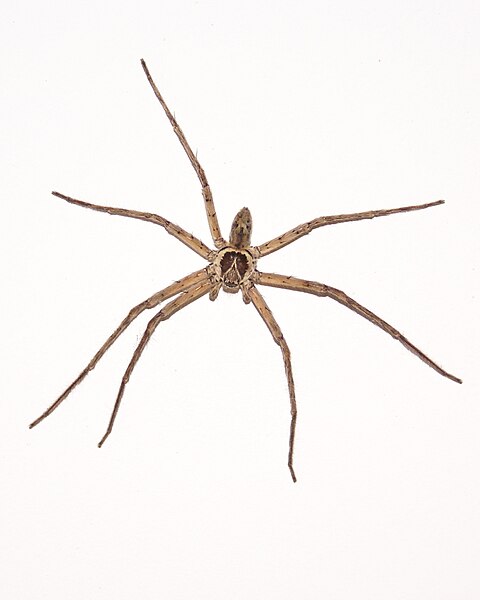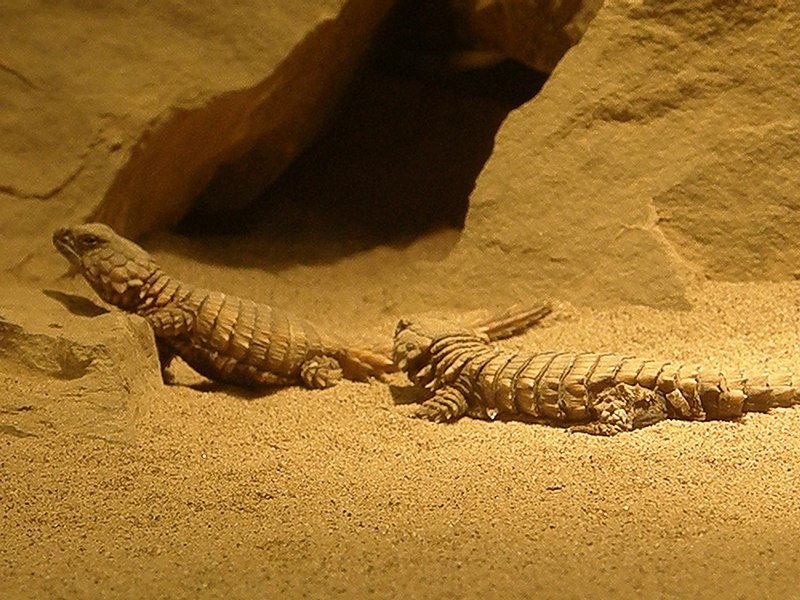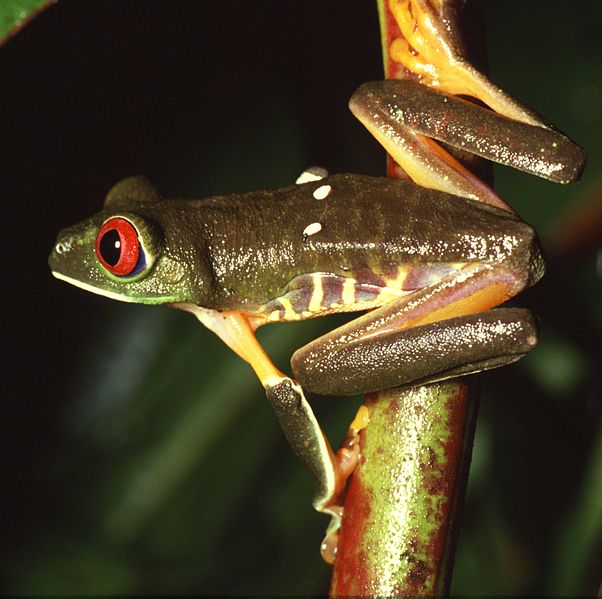As a boy, my favorite exotic animal collecting site was, of all places, the loading dock of the local A&P Supermarket. Raymond Ditmars and other famous city-born naturalists had taken this route, and so I followed. The store was not far from the Bronx’s Hunts Point Market, where trucks from all over delivered fresh produce. Hidden within the produce crates were the creatures I sought – tree frogs, spiders, lizards, insects and such (I once narrowly missed a Mouse Opossum). All large spiders were called “Banana Spiders”…one, the Giant Crab or Huntsman Spider (Heteropoda venatoria), appeared on occasion but was always too fast for me. I became obsessed with this beast, whose leg span approached 6 inches, but, try as I might, I remained crab spider-less.
Meeting Both a Long-Lost Spider and Entomologist

The spiders were faster than I remembered (and I was slower!)…those I captured had mainly fallen into places from which they could not escape. They proved surprisingly easy to breed and, once set up in our exhibit area, were very popular with our visitors.
I took a specimen to the American Museum of Natural History, where it was identified as Heteropoda venatoria. Amazingly, the woman who identified the spider for me was famed invertebrate specialist Alice Gray…while speaking, we discovered that it was she who had answered my mantis rearing questions when I called the museum as a boy, 25 years earlier!
Captive Care
These impressive spiders occasionally appear on the price lists of Florida-based reptile dealers, and they are quite inexpensive. If a few guidelines are followed, they make fascinating, active terrarium inhabitants, and breed readily. Once their amazing speed in hunting is seen in action, even die-hard tarantula fans cannot resist them!
I’ll cover the natural history and captive care of Huntsman Spiders in Part II of this article.
Further Reading
An interesting article on this spider’s life cycle is posted at on the website of the Cambridge Entomological Society.
Male Huntsman Spider image referenced from wikipedia and originally posted by B. Navez
 That Reptile Blog – Reptile, Amphibian and Exotic Pet Care and Information
That Reptile Blog – Reptile, Amphibian and Exotic Pet Care and Information

 I’ve observed some quite large snake feasts – a Red Foot Tortoise and a 60 pound deer taken by Green Anacondas (the tortoise was an unfortunate exhibit mate; the deer fell to an anaconda at my study site in Venezuela) and 40 pound pigs regularly fed to Reticulated and Burmese Pythons under my care at the Bronx Zoo, for example.
I’ve observed some quite large snake feasts – a Red Foot Tortoise and a 60 pound deer taken by Green Anacondas (the tortoise was an unfortunate exhibit mate; the deer fell to an anaconda at my study site in Venezuela) and 40 pound pigs regularly fed to Reticulated and Burmese Pythons under my care at the Bronx Zoo, for example. In their native South Africa, Tropical Girdled Lizards hibernate during the winter, and a cooling off period was believed necessary to induce captive reproduction. Good results are usually achieved after captives have been held at temperatures of 58-60 F for 4-6 weeks. During this time they move about a bit, and drink, but do not feed.
In their native South Africa, Tropical Girdled Lizards hibernate during the winter, and a cooling off period was believed necessary to induce captive reproduction. Good results are usually achieved after captives have been held at temperatures of 58-60 F for 4-6 weeks. During this time they move about a bit, and drink, but do not feed.
 Calcium Spray supplies calcium in three forms, including Calcium Gluconate, which is readily utilized by many species. It can also be administered orally to animals with deficiencies (a consultation with your veterinarian would be advisable beforehand).
Calcium Spray supplies calcium in three forms, including Calcium Gluconate, which is readily utilized by many species. It can also be administered orally to animals with deficiencies (a consultation with your veterinarian would be advisable beforehand). My own view has always been that it makes sense for people living in the tropics to avoid all snakes and spiders, and I’ve observed that this lesson is taught to children early in life in many places.
My own view has always been that it makes sense for people living in the tropics to avoid all snakes and spiders, and I’ve observed that this lesson is taught to children early in life in many places.